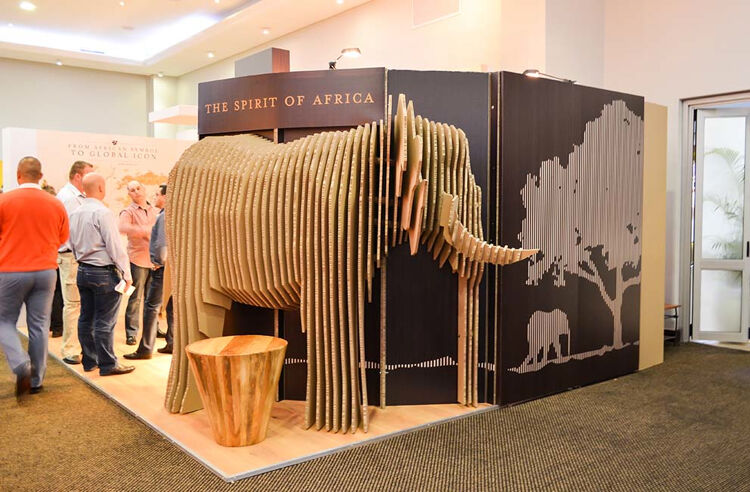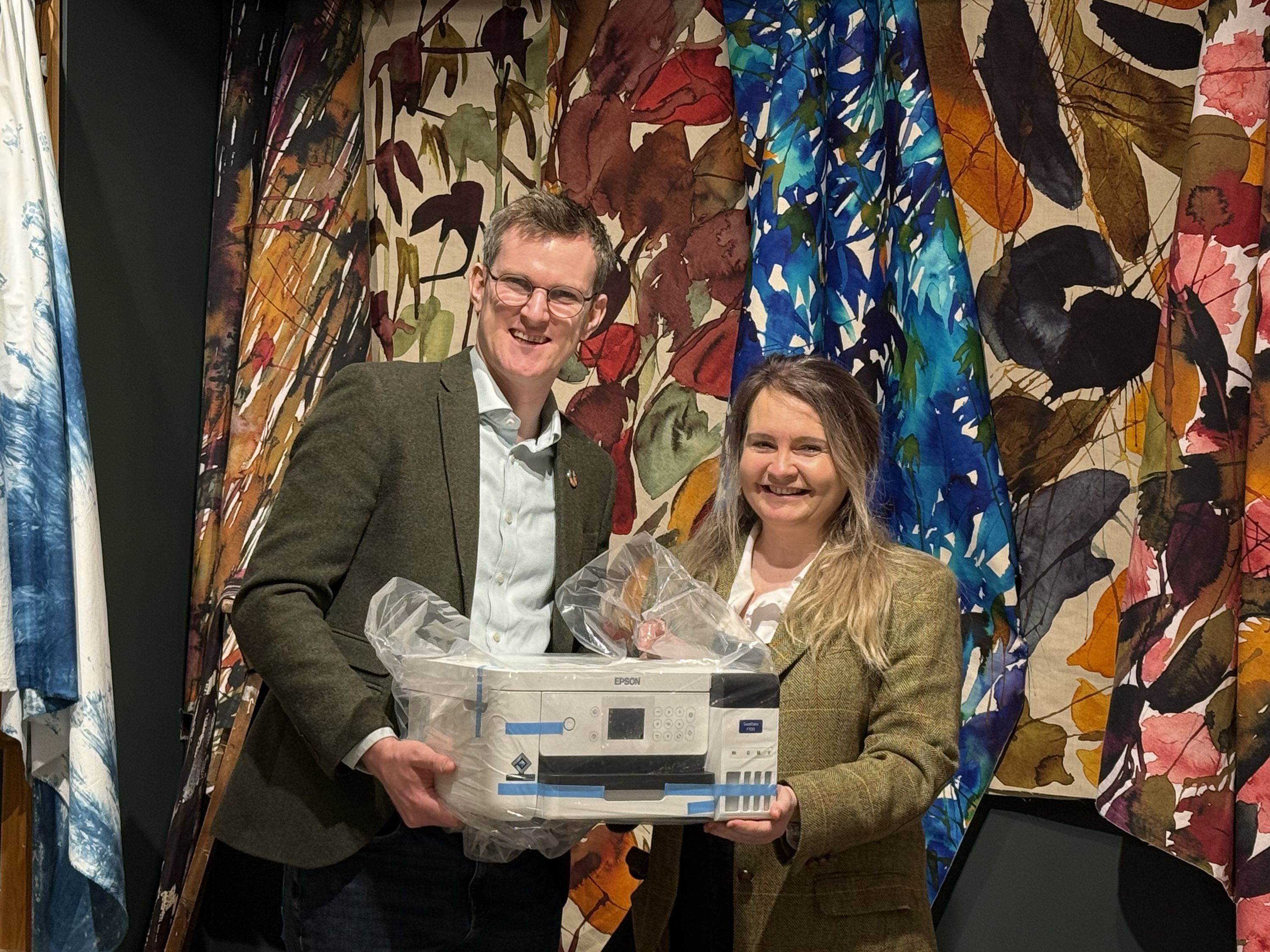Antalis reinforces sustainable commitment with Xanita

Xanita offers all of the practical benefits of other boards, such as MDF and honeycomb, but has significantly stronger environmental benefits.
Antalis has secured an exclusive distribution partnership with Xanita as part of a wider move to expand its portfolio of sustainable solutions and satisfy customer demand for environmentally friendly products.
The paper and visual communications company will now be able to offer Xanita to its customers in the UK. Antalis is also in talks to extend this agreement to its outlets across Europe.
Based in South Africa, Xanita is an ultra-lightweight and sustainable composite fibre-board solution. The product is a 100-percent repulpable engineered and closed-cell fibre-board, manufactured with a corrugated kraft core made from recycled cardboard boxes.
In addition to its environmentally friendly features, Xanita is both lightweight and strong, which Antalis said makes it suitable for a range of decorative and structural applications such as point-of-sale, shop-fit and exhibition design.
Speaking to FESPA.com about the new partnership and how this will benefit Antalis customers, Paul Neale, visual communications product manager for rigid and synthetic sheets at the company, said: “Xanita offers all of the practical benefits of other boards, such as MDF and honeycomb, but has significantly stronger environmental benefits.
“With growing pressure from consumers for this issue to be addressed, we feel now is an excellent time for UK brands to have the option to consider Xanita boards as their first choice as it offers a high performance, greener option, whether for a shop-fit or exhibition stand – the applications are endless.”

Caption: Xanita is suitable for decorative and structural applications such as point-of-sale, shop-fit and exhibition design
The link-up with Xanita marks the latest, environment-focused move by Antalis to address increasing customer demand for greener solutions. Neale said that sustainability has always been a core focus for Antalis, as it strives to offer the market responsible solutions.
Neale said: “This is largely in response to a surge in customer demand, which has stemmed from an increased consumer gravitation towards sustainable options, alongside innovative product development.
“It means we are seeing more and more sustainable product options introduced to market that match up from a performance and cost perspective, enabling customers to make greener choices without compromise. Sustainability is a common theme throughout our wider product portfolio.”
Other products in the sustainable range at Antalis include DISPA, a 100-percent cellulose fibre product, made from 3A composites with multiple layers of 100-percent recyclable, FSC-certified paper. Antalis said the sign and display board is suitable for short-term, in-door displays.
Also available from Antalis is Antecote, a high quality folding boxboard featuring what Neale describes as good bulk and stiffness properties. He said the product is mainly targeted at jobs where quality and price are paramount, also speaking highly of its brightness, whiteness and rigidity qualities.
Topics
Interested in joining our community?
Enquire today about joining your local FESPA Association or FESPA Direct
Recent news

The Rise of B2B in Print-On-Demand: Mastering Personalisation to Drive Growth
Rusty Pepper highlights the B2B shift in Print-On-Demand, focusing on personalisation's role in driving growth. He discusses market differences between Europe and the U.S., challenges in global scaling, and strategies for successful implementation. Experts will share insights at FESPA 2025, covering automation, fulfilment, and market trends.

Navigating the Evolving Landscape of Fashion, Print and Sustainability
In this podcast, Debbie McKeegan and April Holyome – head of Product at the luxury Italian brand 16Arlington discuss the evolving landscape of fashion at the Epson Textile Academy.
.jpg?width=550)
Awarding Talent: Joanne O’Rourke Wins the Epson Eco Stories Textile Challenge and Trip to FESPA 2025
Joanne O'Rourke won the Epson Eco Stories Textile Challenge, receiving an Epson SureColor SC-F100 printer and a trip to FESPA 2025 in May. The award highlights the importance of supporting emerging designers for a sustainable print industry. These "digital natives" drive innovation, sustainability, and technological advancement, crucial for the sector's future.

The importance of Personalisation in Direct Mail - The Power of Print
Jeroen van Druenen, CCO of Jubels discusses how personalised direct mail, especially print, boosts engagement and ROI by tailoring content to individual recipients. Using variable data printing (VDP), marketers create unique designs and offers, enhancing relevance and fostering stronger customer relationships. Physical mail's tangibility and lasting impact further amplify personalisation's effectiveness.